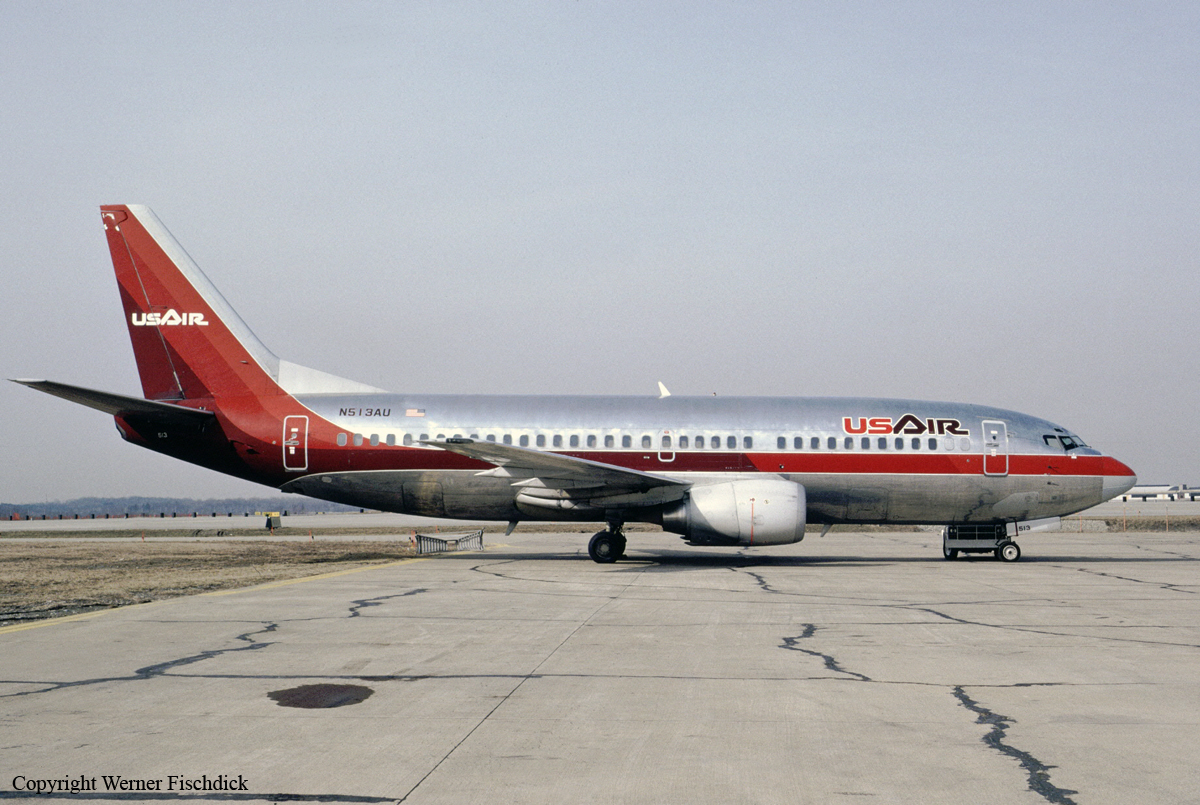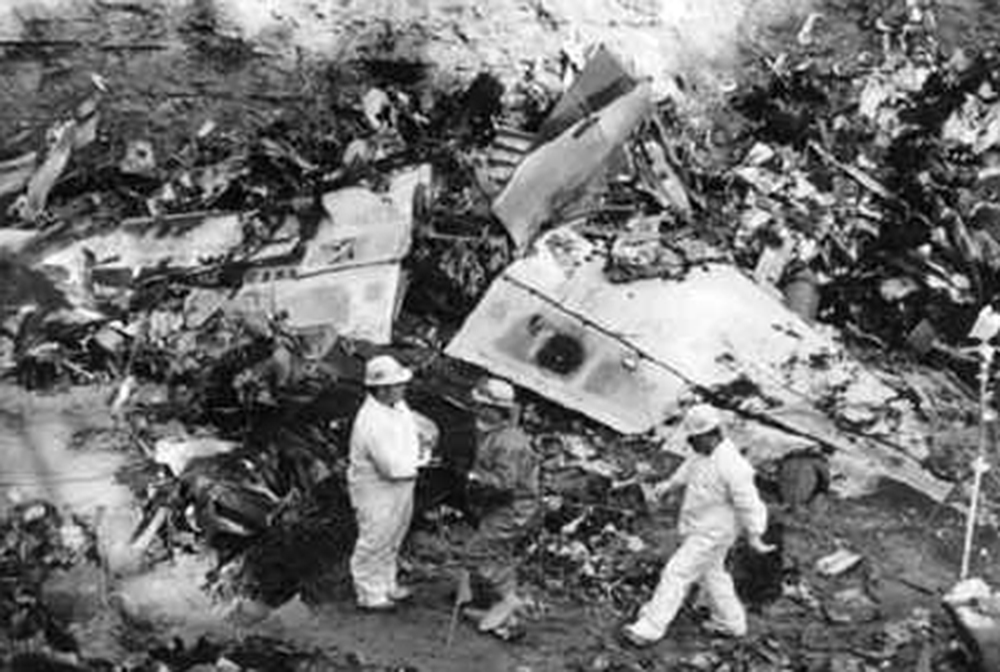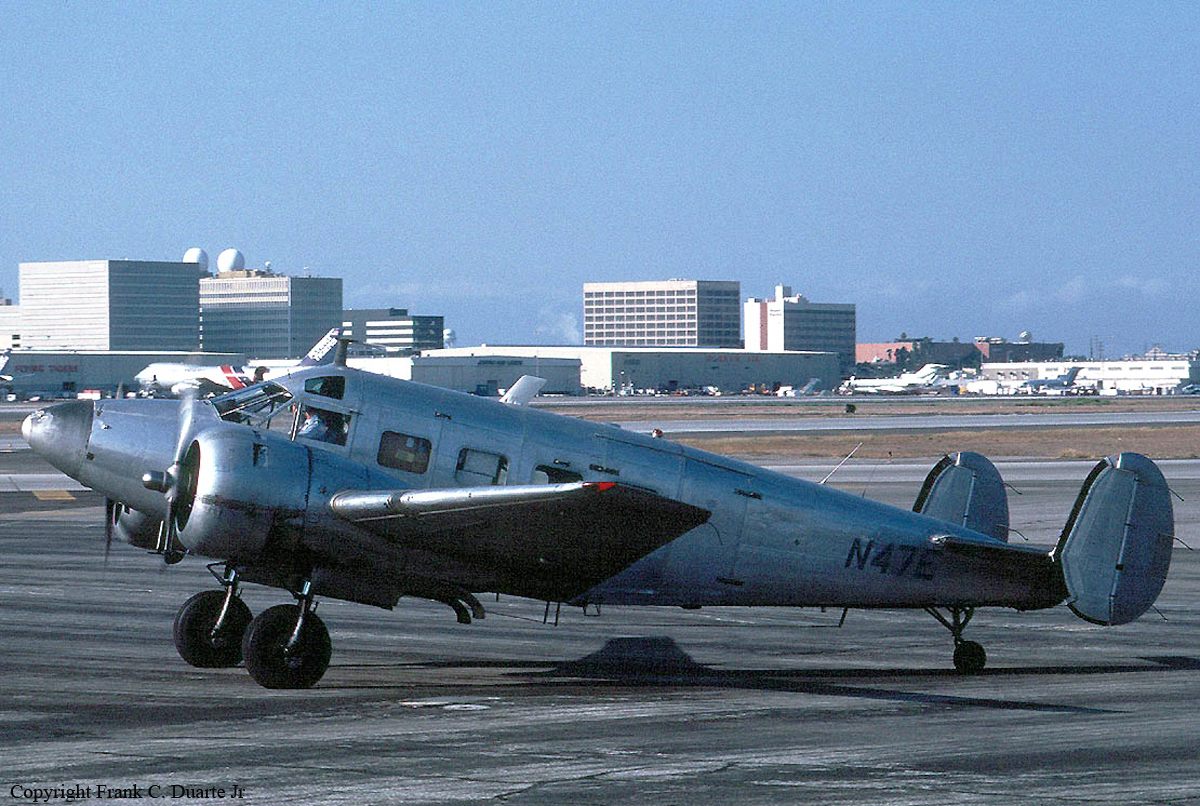Crash of a Piper PA-31T Cheyenne II in Pottstown
Date & Time:
Aug 14, 1996 at 0708 LT
Registration:
N163SA
Survivors:
Yes
Schedule:
Pottstown - Philadelphia
MSN:
31-7920025
YOM:
1979
Crew on board:
1
Crew fatalities:
Pax on board:
2
Pax fatalities:
Other fatalities:
Total fatalities:
0
Captain / Total hours on type:
1000.00
Aircraft flight hours:
4993
Circumstances:
During an attempted takeoff, the airplane collided with a taxiway sign, a fence, a light pole and came to rest between two buildings. According to the pilot in command (seated in the right seat), a preflight and run-up inspection was completed successfully. He stated that a pilot rated passenger (in the left front seat) was following along with a placard checklist. He stated that the airplane was accelerated for takeoff on runway 7, and at 500 feet down the 2700 foot long runway with the airspeed at redline, rotation was initiated and the airplane veered to the right. He stated that shortly thereafter the right engine surged and he noted the matched power levers, but he did not record the engine power instruments. A passenger (seated in a forward facing seat behind the pilot in command) reported that the pilot rated passenger's hand was on the throttle(yellow-knobbed handles) at the time of the accident The reported visibility was 1/8 mile in fog. The prescribed takeoff minimums for that airport is 400 feet and 1 mile visibility. Post accident examination of the engines and their systems revealed no evidence of preimpact mechanical malfunction. The pilot reported that there was no mechanical malfunction.
Probable cause:
The pilot's failure to maintain directional control during takeoff/ground run resulting in inflight collision with a fence. Related factors were the pilot's poor planning/decision making, and the fog.
Final Report:





